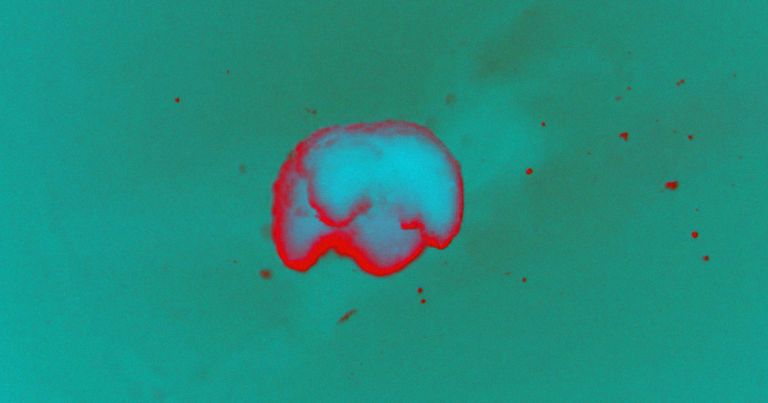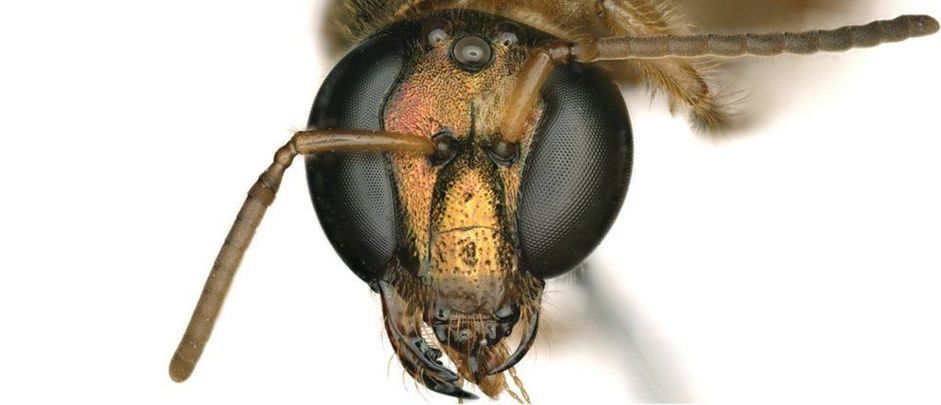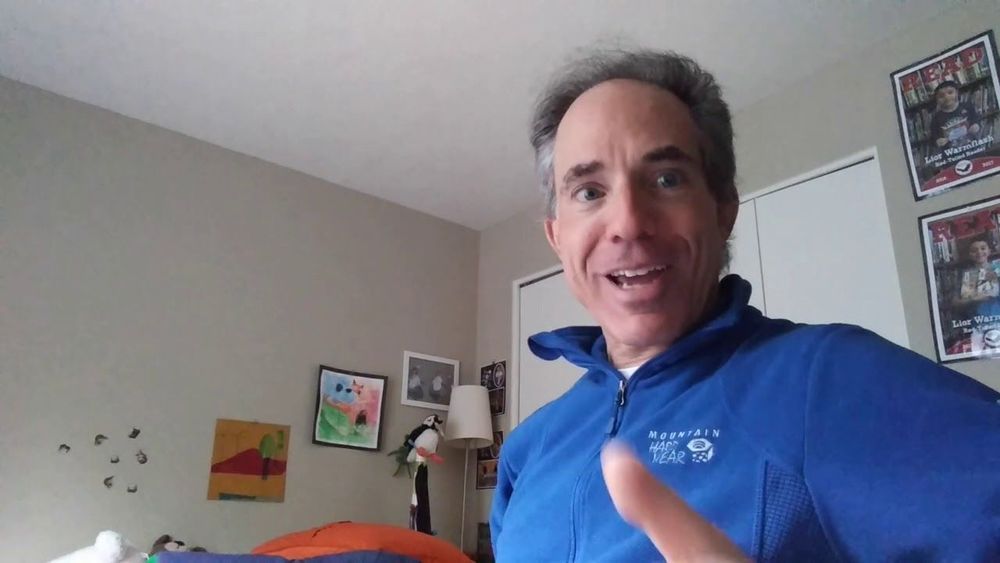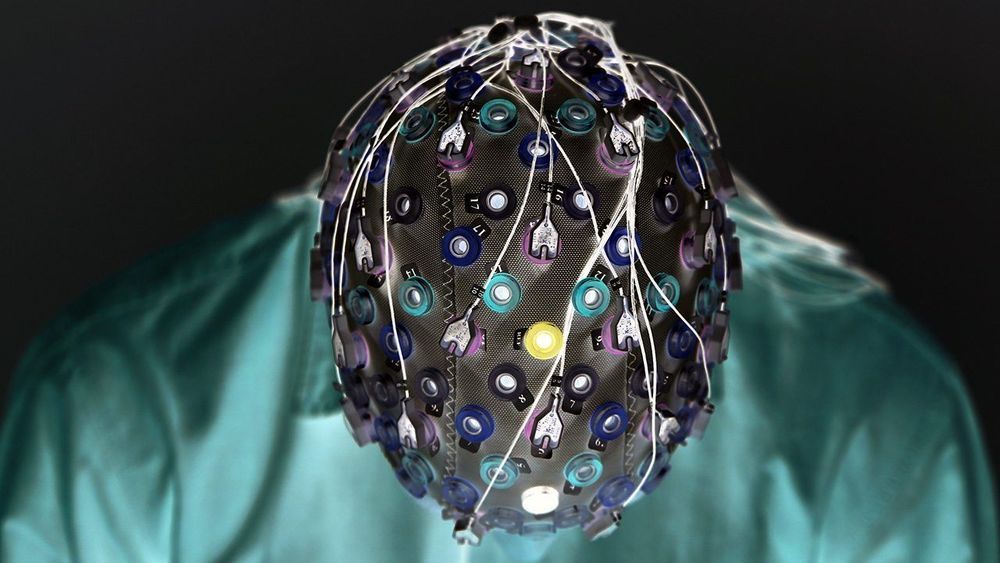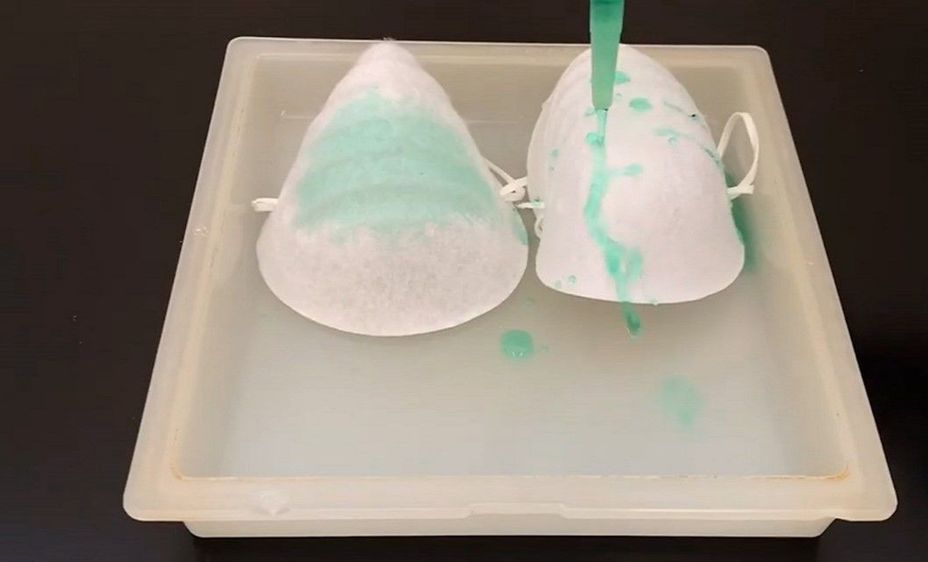Apr 3, 2020
Scientists Are Printing Living “Xenobots” out of Biological Cells
Posted by Genevieve Klien in categories: 3D printing, biotech/medical, robotics/AI, virtual reality
Designer Babies
Xenobots, which were first brought to life back in January, can’t reproduce. Instead, computer scientists program them in a virtual environment and then 3D print their creations out of embryonic cells.
“We are witnessing almost the birth of a new discipline of synthetic organisms,” Columbia University roboticist Hod Lipson, who was not part of the research team, told the NYT. “I don’t know if that’s robotics, or zoology or something else.”
